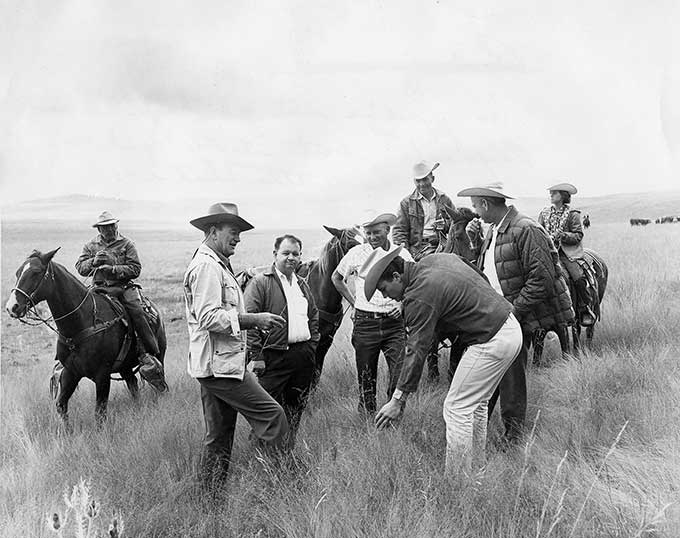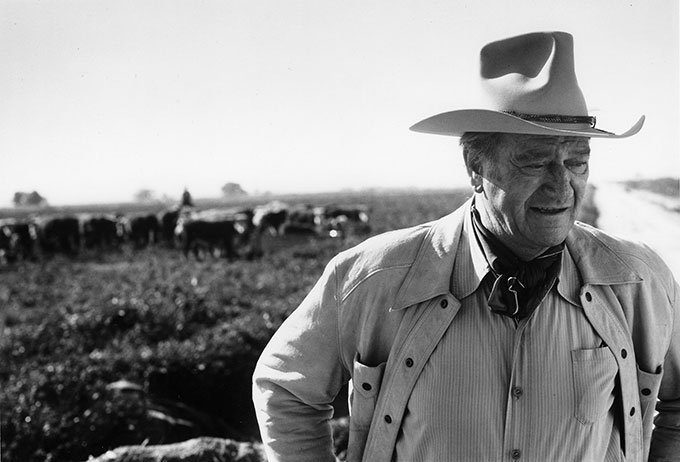
America’s quintessential on-screen cowboy took the reins in Hollywood—and of a cattle operation to boot.
Written by Jenn Thornton
The number of hats John Wayne wore is right up there with the amount of films he made. Or so it seems. Actor and director are just the start of all that constituted his exceedingly large public life—and the largesse that came along with, and after, it. Duke devoted himself to the ways of the West on-screen and off as an avid outdoorsman and businessman. As part owner of 26 Bar Ranch, Wayne had a major stake in the cattle game.
Located in Arizona, 26 Bar Ranch was just one of many productions Wayne enjoyed in the state. He filmed classics including “Stagecoach” and “Red River” and spent time with his family there. (From their experience at 26 Bar, Wayne’s kids learned the nuts and bolts of real ranch work and riding horses). Apparently, the Wayne-Arizona love affair was mutual: a stretch of the state’s route 347 is known as John Wayne Parkway, and his former ranch wrangles interest to this day.
That Bar 26 Ranch was a lucrative investment for Wayne is in large part because he was invested in its success, which from the beginning was anything but assured. Wayne was an actor, after all, and humble enough to recognize what he didn’t know. When he needed a partner to hop into the saddle with him, someone he could trust who could bring a solid hand on the operation, Wayne proved an able scout of talent too. In neighboring rancher Louis Johnson, he procured a partner and a pro—not only did Johnson bring stewardship that helped the enterprise turn a handsome profit, he became a lifelong friend of Duke’s. (Bets between the two men led to new cars for both—many, in fact.)
“Apparently, the Wayne-Arizona love affair was mutual: a stretch of the state’s route 347 is known as John Wayne Parkway, and his former ranch wrangles interest to this day.”
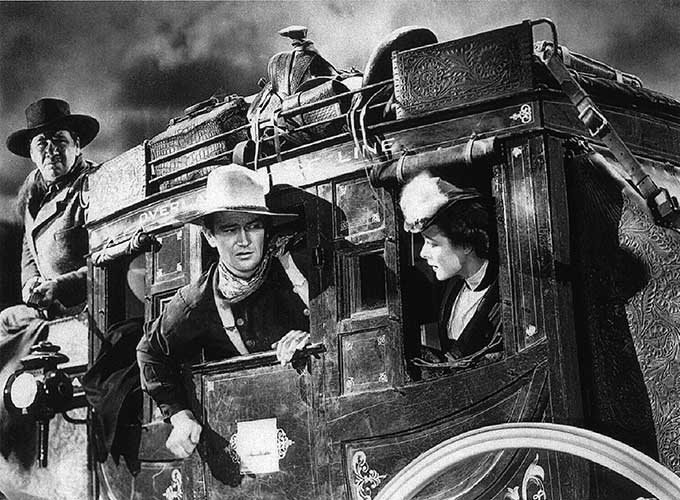
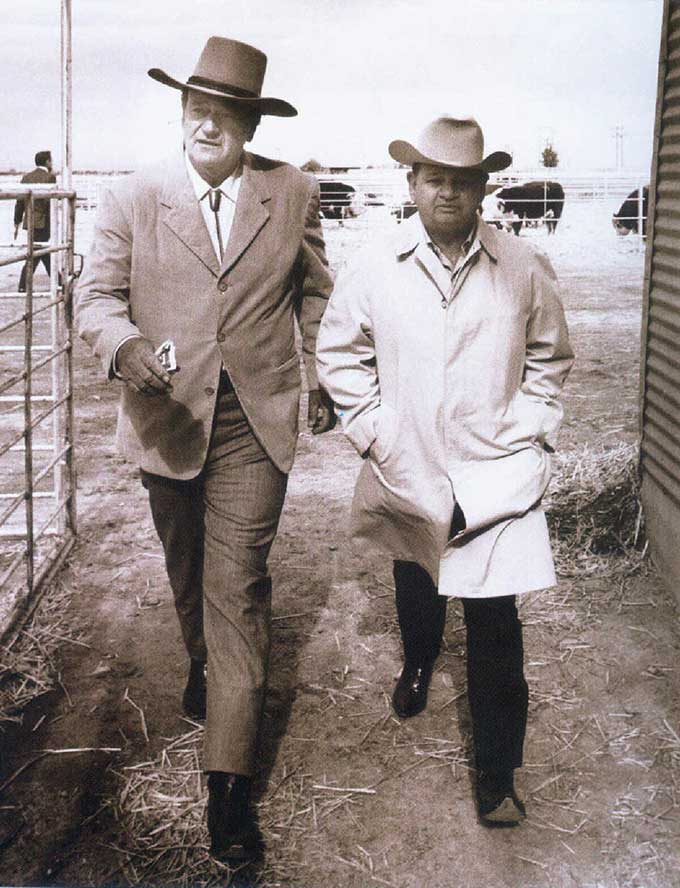
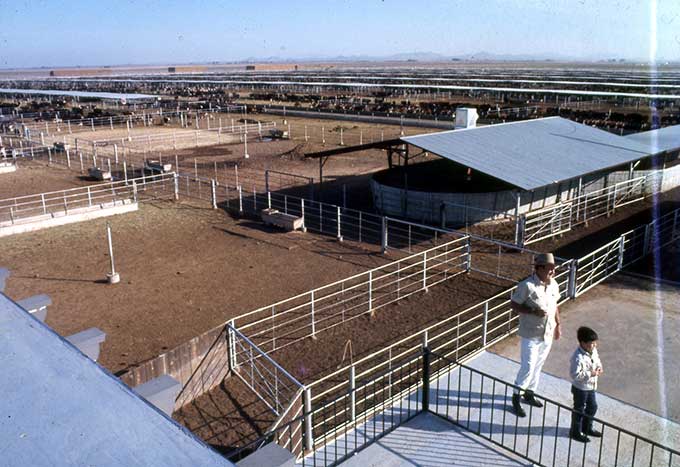
Wayne spotted another talent in a young Temple Grandin. Not yet the world-renowned figure in animal behavior, husbandry and autism, Grandin came to 26 Bar Ranch early in her now-legendary career, having conceived of technologies less stressful for livestock. Wayne happened to be at the ranch when she presented her ideas; impressed, he took the bull by the horn and asked Grandin to install her groundbreaking curved cattle chute at the ranch. The early work that Grandin pioneered at 26 Bar Ranch was later widely adopted by the livestock industry. Like Wayne, Grandin—for her work, speaking and writings—became famous, only in a parallel universe, and would eventually find herself in Hollywood when HBO told her story in an Emmy Award-winning movie.
Rooted in risk-taking, the American West continues to be fertile territory for folk hell bent on blazing new trails on their own terms. One certainly counts Wayne and Grandin among this group: In 26 Bar, they bet the ranch and won.
